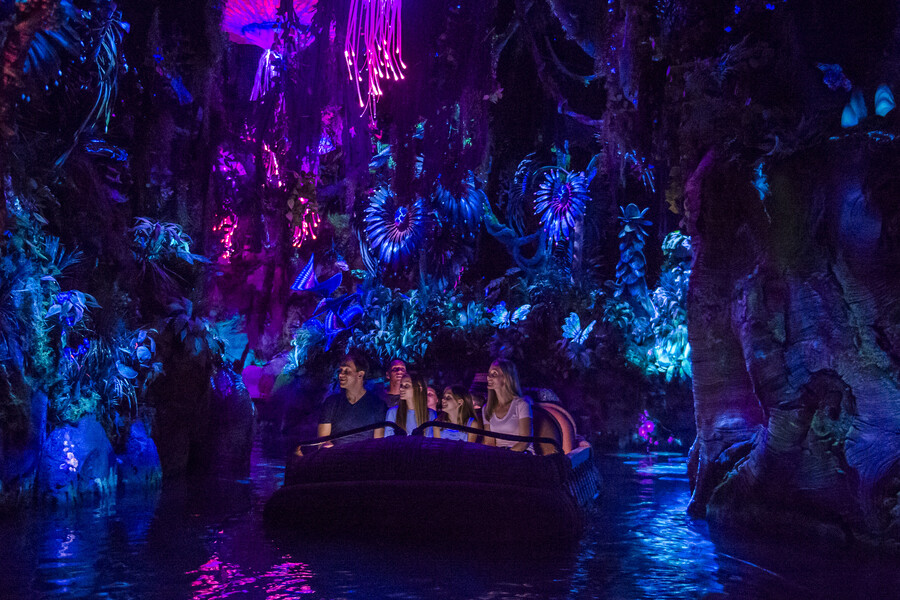Headline image: Na’vi River Journey at Pandora in Disney World, 2023, courtesy of Walt Disney Company
Jasmin Jodry is an award-winning executive creative director. She leads teams in crafting innovative digital and physical experiences, fusing tech-enabled world building and immersive storytelling with a futuristic lens for clients like Capital One, Range Rover and the Red Hot Chili Peppers.
Here she explores the positive outcomes of immersive experiences, such as empathy, social connection, indelible memories and transformation.
Jodry will be speaking at the inaugural World Experience Summit, the first global gathering of experientialists from around the world across the Experience Economy. Get your ticket here.
What I love best about designing immersive experiences is creating magical worlds for people. Worlds they cannot imagine. Worlds that give them joy and excitement while encouraging them to play.
As a passionate creator of these innovative entertainments, I am interested in crafting a new format of playable, transformative experiences that combine storytelling, world-building, performance, invisible technology, and game mechanics.
These hybrid, sense-saturated experiences and sophisticated, playable story-worlds put the audience front and center — encouraging them to create human connections and meaningful memories and to experience transformation through participation, ultimately leading to life-changing perceptual shifts that in turn create a better society.

Now, momentum gathers as we conjure what’s next: hybrid, sense-saturated experiences, where theme parks, interactive theater, digital art, and open-world gaming converge with physical and digital reality.
In this article, I reflect on the desired outcomes of this exciting new art form and the tools that enable its creation.
The Outcomes Of Immersive Experiences
In his book Immersion, Paul Zak writes:
“Extraordinary experiences have the following qualities: they are unexpected, emotionally charged, narrow one’s focus to the experience itself, are easy to remember, and provoke actions.”
Paul Zak
The best immersive experiences invite us to play — to break free and try on different roles. By engaging all the senses, the experience becomes joyful and electric. Physical. Emotional. It sears sensory information into our brains, if not our souls.
Here are some of the tangible and intangible benefits in store:
1. Awe
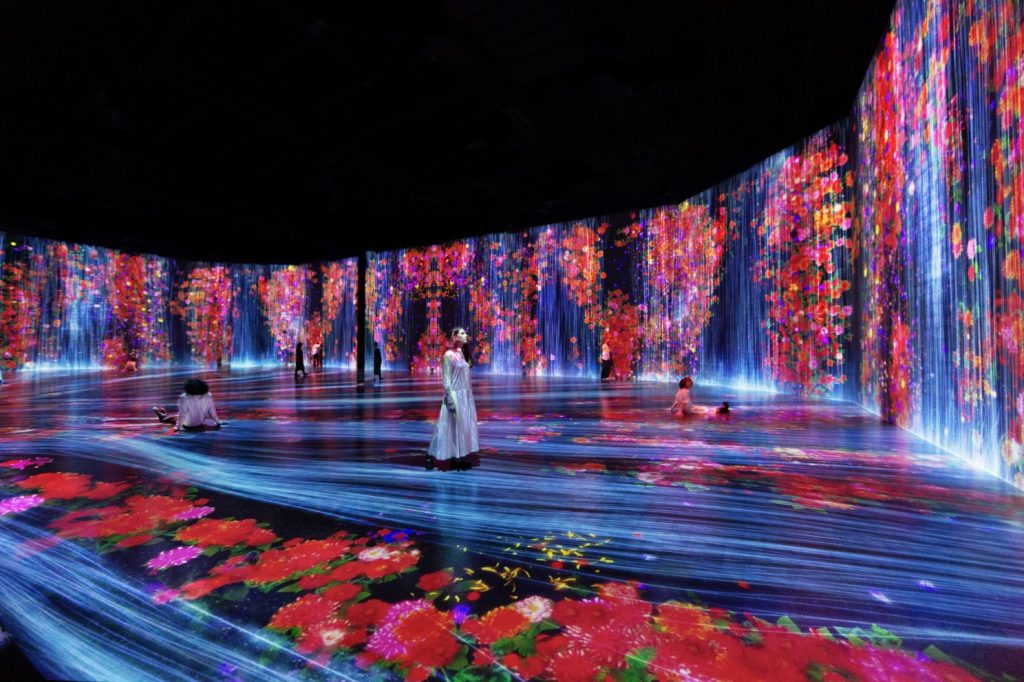
Awe is the emotion we experience when we encounter mysteries and wonders beyond our comprehension. Beau Lotto describes how people who feel connected can experience a boost in pro-social behavior because they “have less need for cognitive control” and can enter conflict “to seek to understand rather than convince.”
In that sense, awe-inspiring artistic experiences transport us into imagination and dreams, and lead us to greater understanding and empathy that radiate into the larger world.
2. Participation
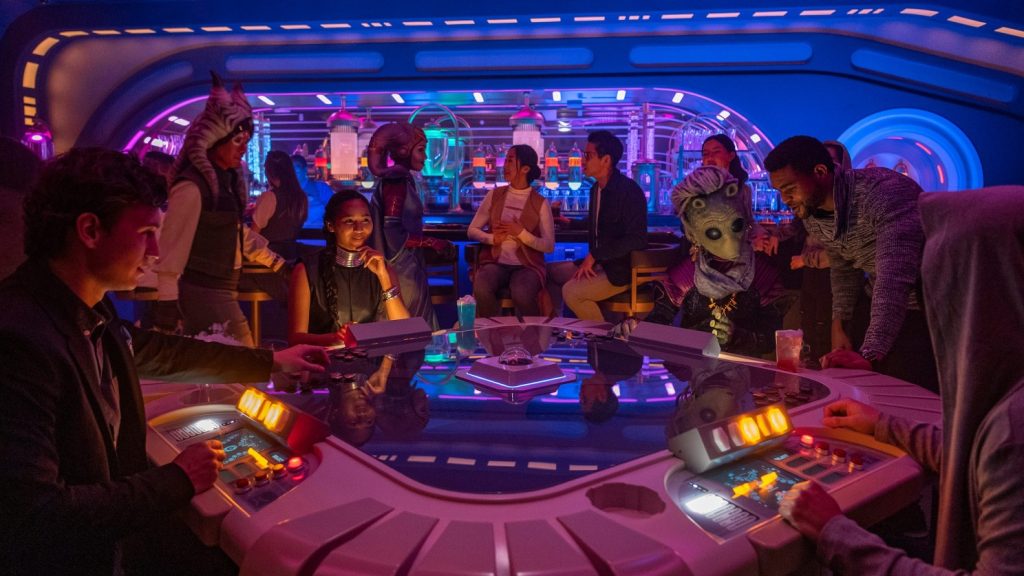
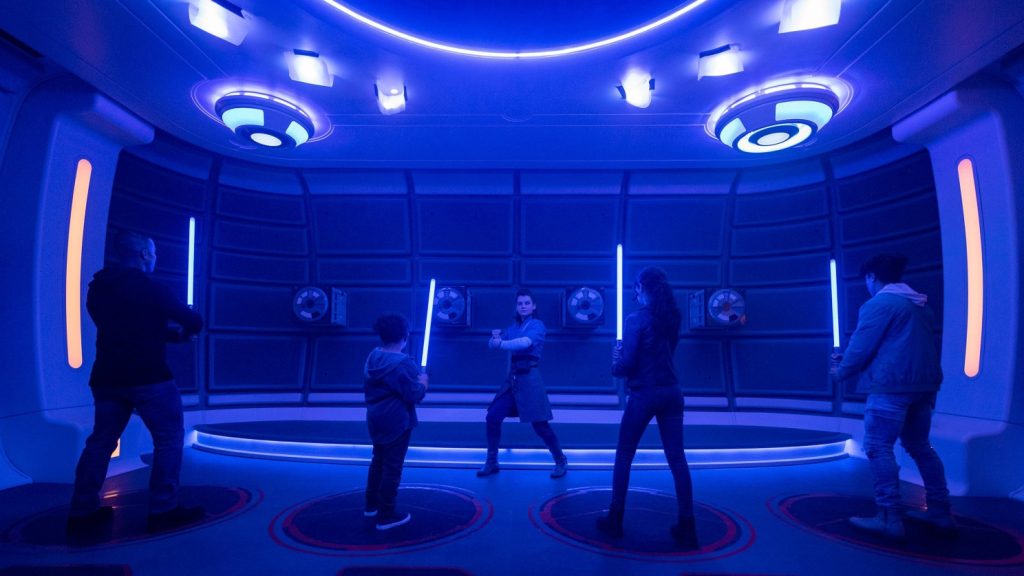
I like to create work where participants’ choices affect their outcomes. Allowing players to interact with and manipulate the environment enhances the immersion and blurs the line between reality and imagination. Once they create emotional connections with characters and the environment, they are more invested. They have more skin in the game.
It is the designer’s job to invite this kind of engagement — whether the players are skimmers, swimmers, or super-fans who can explore, adapt, and even alter the story. Roles range from passive spectator to engaged explorer, co-creator, and hero performer.
First, players need clarity on what they can do and why it is special. Priming players to understand roles and rules begins with an onboarding process — perhaps through pre-show or in-story email, in-show video, or via a live host. I want participants to feel accepted, safe, comfortable, and seen for their authentic selves within a tribe of like-minded folks, which helps them tune into their bodies, the space, their feelings, and even the temperature. Once relaxed, participants are ready to indulge their curiosity.
To modulate their interactions and help them succeed, I define the distance between spectator and performer. From a major distance, spectators can only passively observe. At a medium distance, they can affect and influence content. Up close, they can participate, alter content, and co-create.
I collaborated with Acentric on the vision for a 60-minute immersive experience for Avatar: The Way of Water, where guests can travel to Pandora and explore the wonders of its natural environment.
3. Social Connection
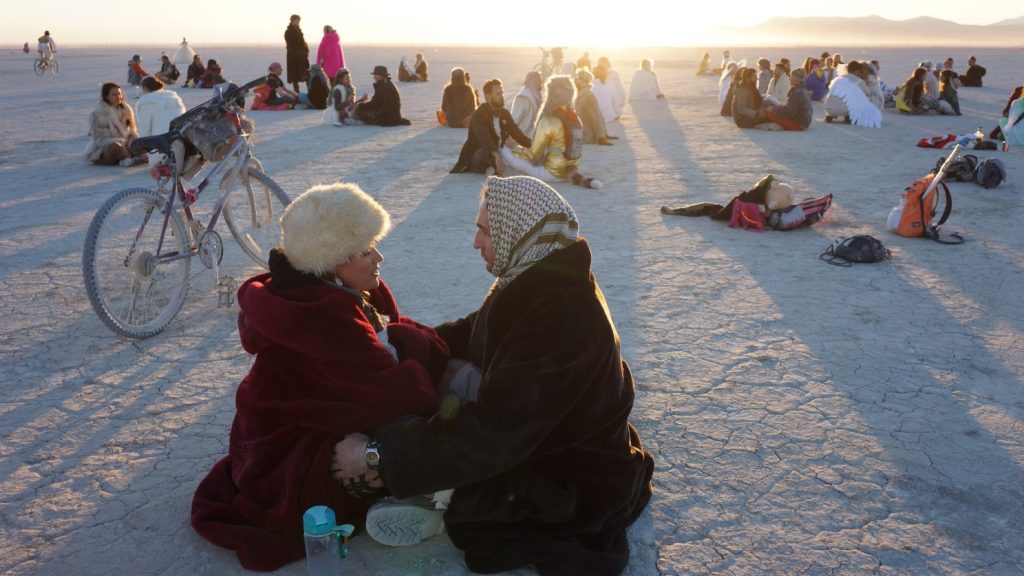
“We are happier when we are interacting with other people,” concludes Martin E.P. Seligman in his book “Authentic Happiness.” Good immersive experiences fulfill the desire for connection and shared experience.
By expressing their true selves and engaging, participants connect with like-minded people, along with the story, world, or brand. They in turn offer this heightened sense of belonging and support to others. As bonds strengthen — and as deep reflection reveals what it means to thrive, not merely survive — profound healing can occur in body and mind.
Bill Hathaway describes visitors to Burning Man “feeling more socially connected with all human beings” and expanding their generosity “beyond family and friends towards others,” even strangers.
4. Indelible Memories
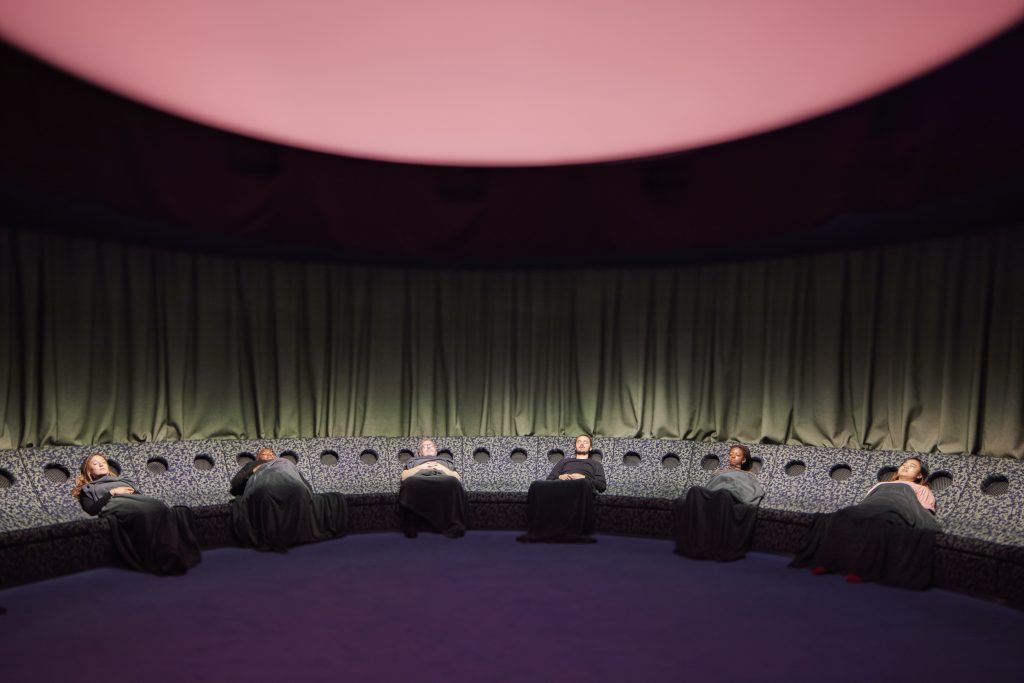
As Maya Angelou noted: “People may forget what you said, but they’ll never forget how you made them feel.” What can a playable world make you feel?
To make experiences memorable, story-worlds leverage environment, plot, characters and interactions to trigger emotion and hook the audience — which sees itself within characters that signal what to feel and how to react. Participants can go from childlike wonder to mystery, excitement, calm, adventure, surprise, and fear, each emotion etching into memory.
When designing a playable world, I start with the familiar before taking the audience into the imaginary space — the unknown — to open their creative channels and encounter a surreal dream space where anything is possible. Using multi-sensory choreography and affordances, I create an emotional arc to bring players to making these extraordinary emotional connections.
For example, the goal might be to create a classic three-act structure — with exposition, rising action, climax, falling action, and denouement — within which I design and diagram the interplay of sensorial stimuli: sound, touch, haptics, scent, visuals, animation, physics, and taste. I define the emotion one should feel at any given point and factor in the energetic investment of the audience to choreograph a compelling, balanced experience, with strategic placement of peak experiences — those memorable moments of ecstasy.
I partnered with Tom Scalabre from Superbien to envision and creative-direct a 75-minute immersive show, combining storytelling, world-building, performance, technology, and gaming. The audience can draw with chalk, drink, dance to music, touch, drum, crawl, create smoke, and affect lights, sound, projections, and performance. They can also perform a routine, organize things, design, play a game, or rebel. I implemented reward structures, as in open-world gaming: the more the audience participates, the more spaces they encounter.
Later, they will remember every action they took.
To further cement those memories, I offer a dedicated post-experience space — an offboarding where the audience can reflect on and share thoughts individually or as a group. In Jennifer Crook’s Dreamachine, participants truly co-create the experience: they see strobing lights while creating colorful patterns in their minds — essentially electronically-induced hallucinations. Crook offers a great post-experience offboarding where participants gather at a table to sketch out and discuss what they have seen.
5. Transformation
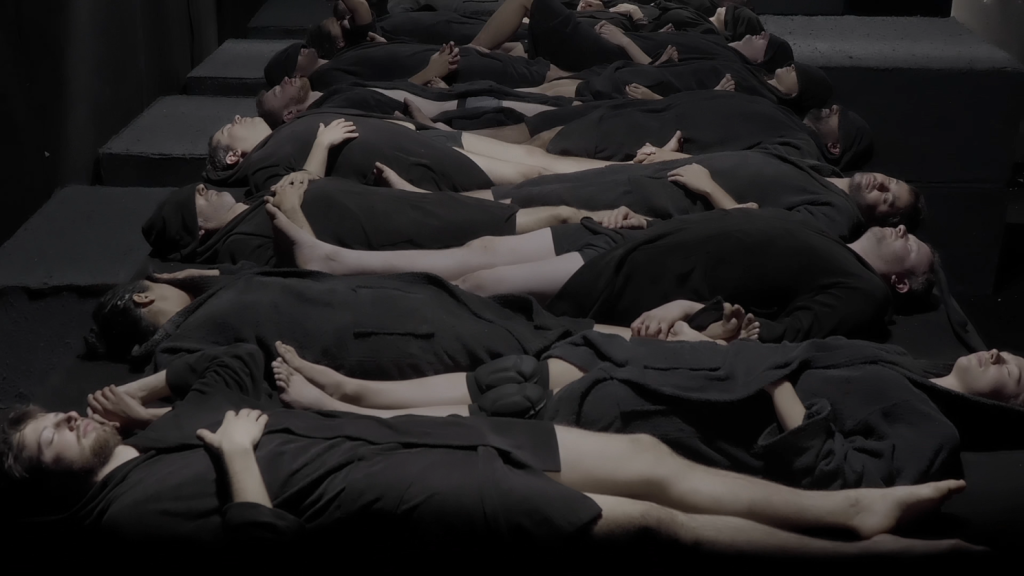
Transformative experiences have the potential to positively impact individuals on a deep and meaningful level, where they can gain new perspectives, develop new skills, and result in a fundamental change in an individual’s beliefs, values, or behaviors. Participants report feeling awe, bliss, ecstasy, and unity. These transformative experiences inspire life-changing self-awareness and personal growth.
Transformation is about stepping outside of the familiar and embracing new ways of being. Participants in psychedelic experiences report the sensation of time slowing to a crawl, affording them an increased concentration on the present — along with a realization that all existence derives from a single energy.
Joe Pine and James Gilmore, who coined the term The Experience Economy in their seminal book of the same name, delineate three phases of transformation: diagnosis, staged experiences, and follow-through.
“Transformation elicitors must care enough to offer up-front diagnosis, to direct the staging of multiple events required for the buyer to change, and to follow through.”
Joe Pine & James Gilmore
Note how transformative experiences do not end with the conclusion of the staged adventure; hence, the need for follow-through, where transformational guides monitor whether and how people make and live these changes.
Sean Rogg’s Waldorf Project unites the senses and transforms participants’ consciousness. In his Chapters 2, 3, and 4, he uses sensory stimuli to trigger extreme emotion that connects players to themselves and others. Those who have experienced this report that it profoundly changes their perception of reality.
The Tools Of Immersive Experiences
To achieve these benefits, I use branching, adaptive, and synergistic storytelling methods, along with authentic worldbuilding and performance — particularly one-on-one performance, as it triggers emotion and leads us into the imagination space.
1. Storytelling
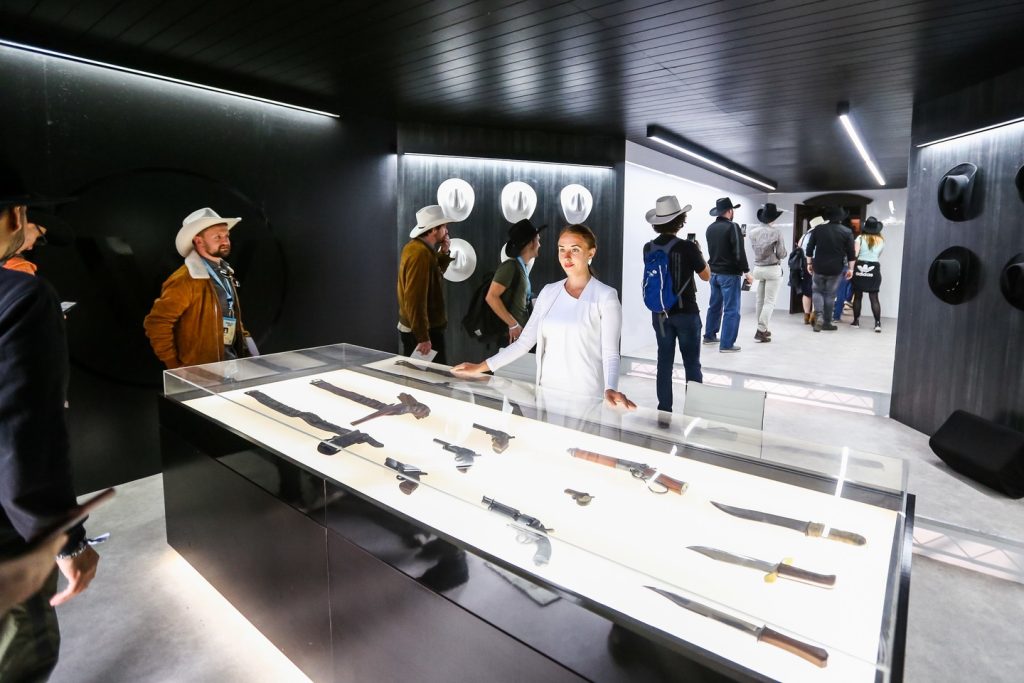
I am passionate about synergistic storytelling and giving participants agency to explore it — offering them choices and opportunities to change or influence the story. This involves game mechanics that follow decision trees, which can be real-time (adaptive) or predetermined (branching), leading to multiple story paths and endings.
With adaptive storytelling, the story is dynamic and adapts in real time, based on a player’s unique choices. In Nordic LARP (live-action role play), participants create their own characters and collaboratively tell a fictional story in an outdoor setting over the course of several days.
Branching storytelling is a technique that offers predetermined paths, creating a non-linear experience where each choice leads to a different outcome. An example is Disney’s Star Wars: Galactic Starcruiser experience, which takes guests on an interactive adventure through the Star Wars universe, branching along different paths based on guests’ choices.
With synergistic storytelling, multi-sensory stimuli help choreograph a story collaboratively to trigger the senses through set design, sound, lighting, scent, temperature, movement, digital art, live performance, taste, and touch — thus creating something that is greater than the sum of its parts.
The lens through which a story unfolds also affects the audience’s interpretation of events and characters, allowing the audience to align with one or more characters and assume different roles. And all of this is shaped by strategic pacing, which creates and modulates emotions through alternately building suspense and releasing tension to avoid overload. Participants need occasional palate cleansers.
2. Performance
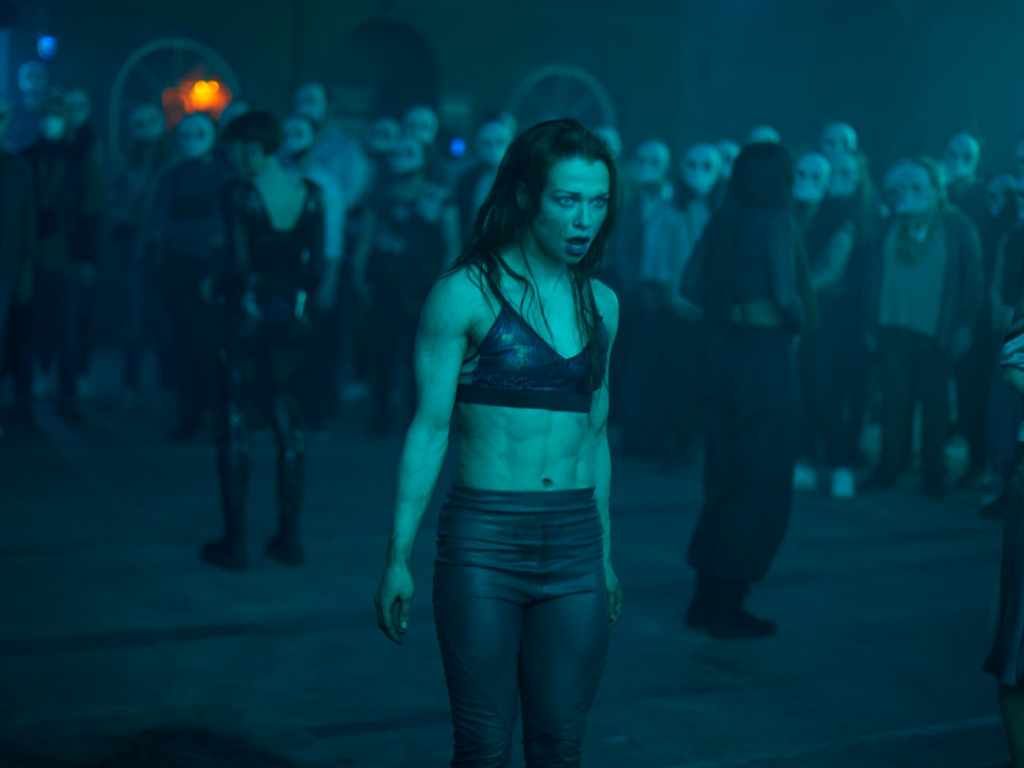
Physical interaction, tactile and visceral, makes everything come alive. I combine digital- or projection-mapped experiences with set design and performance.
Consider the physical worlds of Punchdrunk’s immersive theater experiences Sleep No More, Burnt City, The Drowned Man, and The Mask of the Red Death, which allow the audience to freely interact in micro-scenes and come together in larger ones that carry milestones of the story arc. Film companies such as Netflix have launched experiences to extend their intellectual property through participatory walkthrough adventures, such as their Stranger Things and Moneyheist experiences.
In HBO’s Westworld Experience, you can visit Delos, the fictional company behind the TV series’ theme park, and have the experience of getting onboarded to explore the town of Sweetwater and interact with “hosts,” the park’s sentient android entertainers.
Secretcinema’s immersive film re-stagings — Bladerunner, Prometheus, The Shawshank Redemption, Casablanca, and Bugsy Malone — also extend the movie’s intellectual property to encourage the audience to feel as if they are an integral part of the movie.
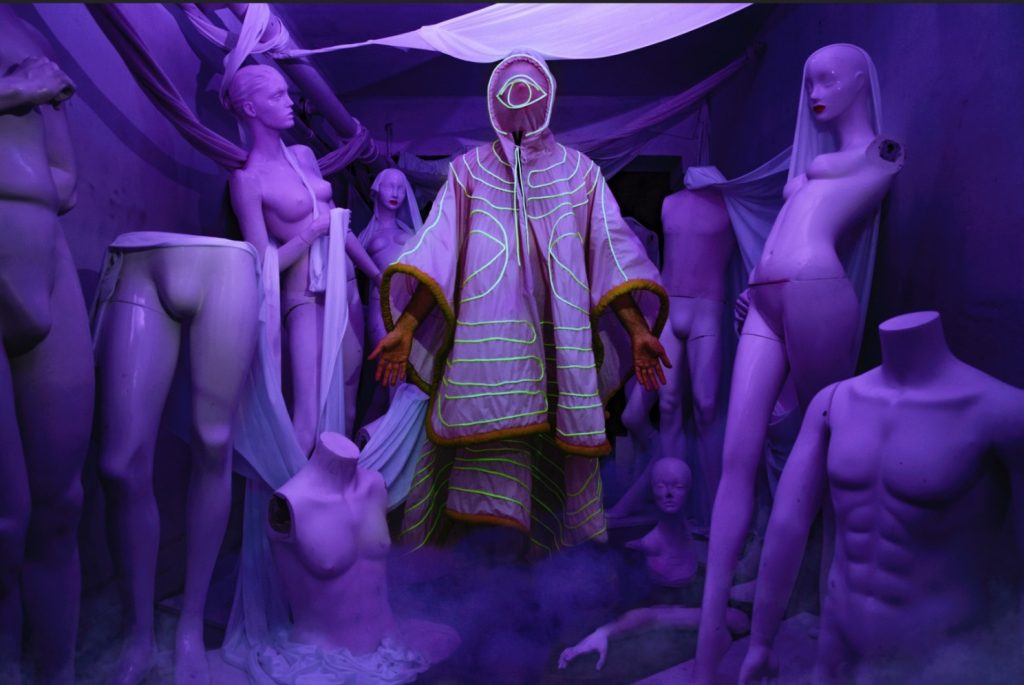
One-on-one performances are particularly rewarding. Intimate and intense, these micro-moments are mini co-creations in themselves. They can cross a personal boundary and require audience consent.
I can easily recall distinct Punchdrunk one-on-one performances. During Sleep No More, I patted an actor dry after he showered naked. During The Mask of Red Death, one actor led me to a cave, where we applied chalk marks to each other’s faces; a second actor took me blindfolded to a room with a bar and had me taste wine. And at a Punchdrunk Christmas one-on-one, I wandered through a deserted curiosity shop and down a spiral staircase before climbing behind hanging bedsheets to sit in a confessional, where an actor screamed a 15-minute monologue at me.
Then She Fell, by Third Rail Projects, and Bottom of the Ocean, by Andrew Hoepfner, also feature many memorable and rewarding one-on-ones.
3. World-Building
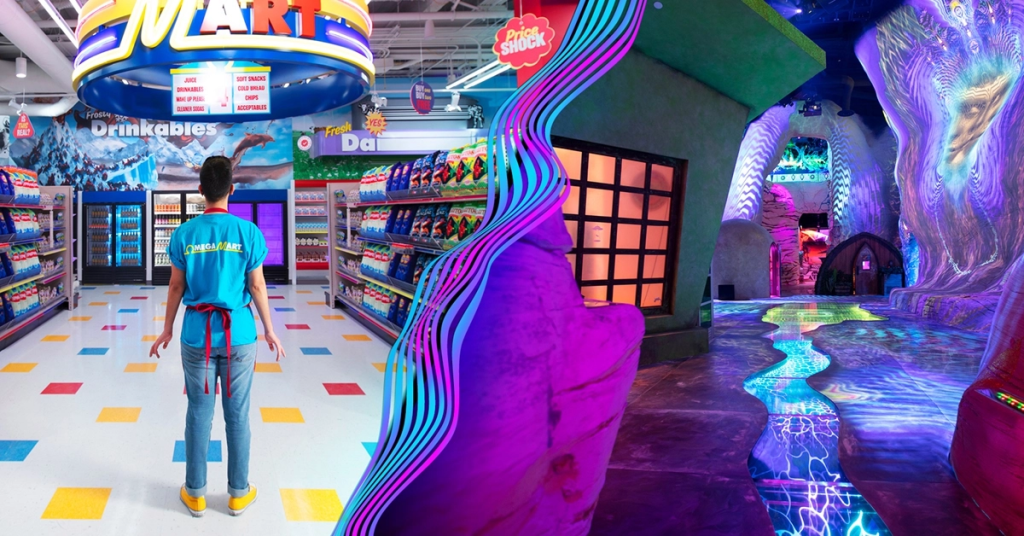
World-building in this realm refers to the process of creating a detailed and cohesive fictional universe with which participants can interact as they explore. The aim is to create an engaging environment that feels real.
James Cameron did just that with Pandora’s biophilic ecosystem in his two “Avatar” movies. J. K. Rowling enrolled us along with Harry Potter at Hogwarts School of wizardry. Meow Wolf amazes participants via three psychedelic theme parks: Convergence Station, Omegamart, and House of Eternal Return — with a fourth in the works.
Here’s what these made-up worlds share: they feel utterly authentic.
“The experience seems real to an audience because they are making an active investment of their minds, bodies and spirits,” writes Jeff Wirth in “Interactive Acting.” This authenticity comes from thoughtful attention to detail, characters, environments, and interactions. Each element supports the story and triggers an emotion or mood, right down to the architecture, set design, objects, textures, patterns, light, colors, and placement of items. All elements work together seamlessly to anchor participants and maintain the illusion.
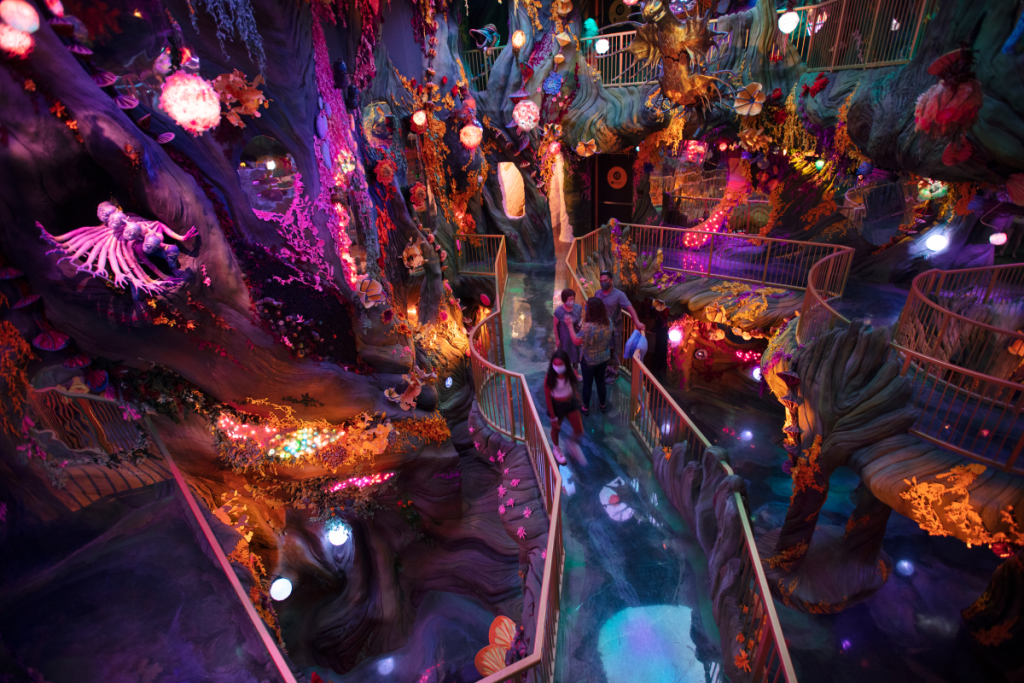
When I build worlds, I blend virtual and physical elements to create a layered reality — a bridge to where magic and imagination reside. In this hybrid environment, virtual and physical reality overlap. Possibilities are limitless: digital set design can expand physical environments, create digital characters with supernatural abilities, or place the audience into fantastical and surreal scenarios. ABBA Voyage even digitally extends the life of the iconic Swedish pop group in a creative technology spectacle in which avatars bring concerts alive from back when the band was in its prime.
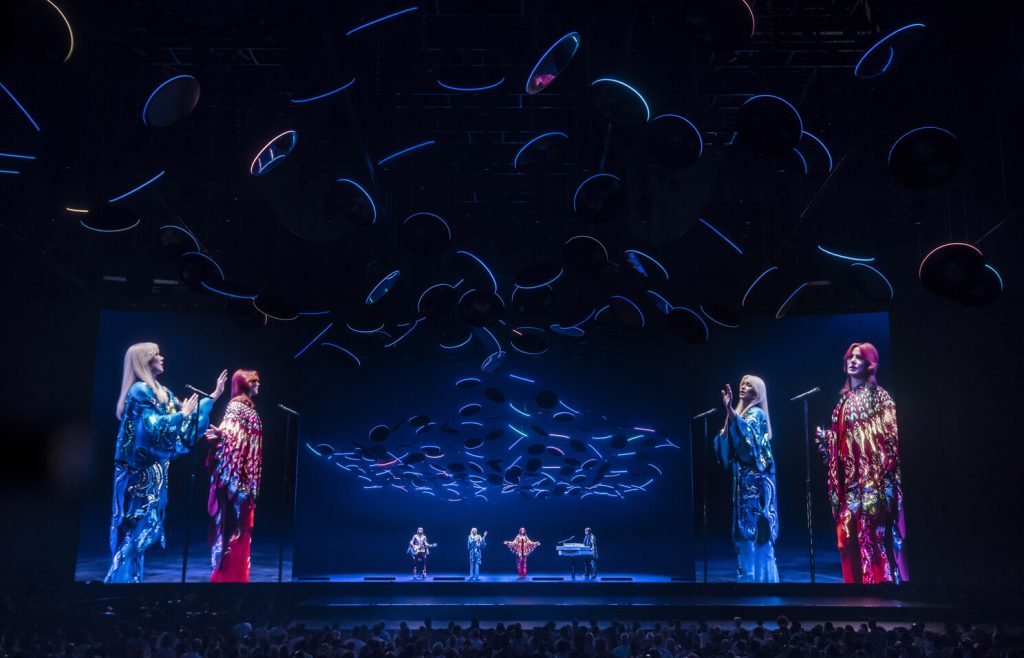
As a creator of transformative experiences, I want to share my interest in crafting this new format of playable, immersive entertainment. I envision this new format as bringing joy and meaning to people’s lives. I hope the wonders I have described here will open up magic worlds for participants and encourage investors, innovative brands, and disruptive agencies to further develop this next format of mind-blowing, immersive experiences.
To hear more from Jodry at the inaugural World Experience Summit, the first global gathering of experientialists from around the world across the Experience Economy, get your ticket here.
To get more insights from experts in the Experience Economy, attend digital and IRL events and access our closed online community, apply to join the WXO now.

